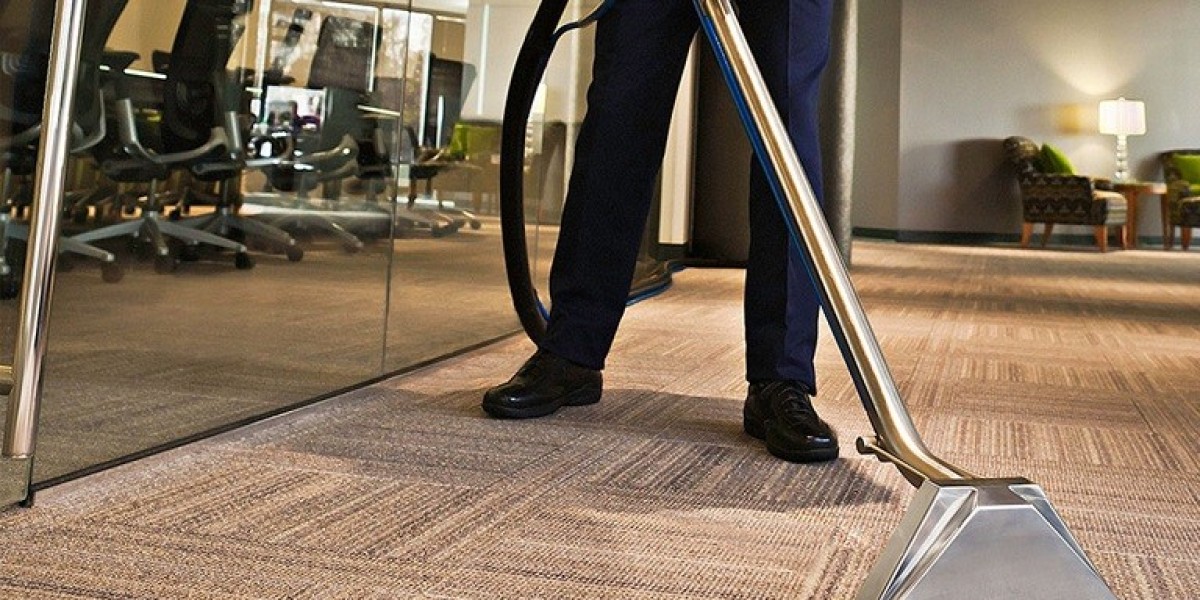Construction sites are dynamic, fast-paced environments that rely heavily on equipment to ensure projects are completed on time and within budget. However, managing the maintenance of equipment can be complex, especially when dealing with large fleets of machines and tools. With the advent of innovative technology, construction equipment maintenance software is revolutionizing how companies manage and maintain their assets, resulting in enhanced efficiency, reduced downtime, and lower costs.
In this blog, we’ll explore how construction equipment maintenance software is transforming equipment care on construction sites and how adopting innovative tech is helping construction companies maintain their competitive edge.
The Challenges of Equipment Maintenance on Construction Sites
Managing equipment on a construction site presents several challenges, including:
Unforeseen breakdowns: Unexpected failures can halt work, cause delays, and lead to costly repairs.
Inefficient maintenance schedules: Manual tracking of maintenance schedules can result in missed inspections, leading to preventable breakdowns.
Tracking usage and wear: Without a centralized system, it’s difficult to know when equipment needs servicing or replacement.
Rising operational costs: Poor maintenance practices can drive up costs, particularly with fuel inefficiencies and emergency repairs.
Construction equipment maintenance software helps overcome these challenges by streamlining maintenance processes and providing real-time data that keeps equipment running smoothly. With predictive capabilities, automated reminders, and centralized reporting, companies can reduce the risk of equipment failure, lower operational costs, and improve overall fleet management.
How Equipment Maintenance Software Is Revolutionizing Equipment Care
1. Predictive Maintenance for Proactive Care
The traditional approach to equipment maintenance often relies on reactive measures—waiting until something breaks down to make repairs. Construction equipment maintenance software changes this approach by introducing predictive maintenance capabilities. By analyzing data such as engine hours, fuel usage, and machine performance, the software can predict when equipment is likely to need maintenance.
This predictive approach allows managers to perform maintenance before a breakdown occurs, preventing costly repairs and minimizing downtime. For example, if a machine’s performance starts to degrade, the software will flag it, prompting managers to schedule repairs before the issue worsens. Clue, for instance, integrates predictive maintenance features to ensure that equipment is maintained proactively, keeping your fleet running smoothly and reducing downtime.
Benefits of Predictive Maintenance:
Helps avoid costly repairs by addressing potential issues early.
Reduces downtime by scheduling maintenance during planned breaks.
Extends the lifespan of equipment through regular, timely care.
2. Automated Maintenance Scheduling
Manual tracking of equipment maintenance can lead to missed service schedules, neglected inspections, and, ultimately, breakdowns. Construction equipment maintenance software automates the process of scheduling routine maintenance tasks, sending reminders when inspections, oil changes, or other service tasks are due.
This ensures that all equipment is serviced on time, which is crucial for keeping machines running efficiently and avoiding unexpected failures. With automated scheduling, construction companies can focus on getting the job done, knowing that their equipment is in good hands.
Benefits of Automated Scheduling:
Ensures that maintenance tasks are completed on time.
Prevents equipment failures caused by missed or delayed service.
Saves time by automating the scheduling and tracking process.
3. Real-Time Monitoring for Immediate Action
The ability to monitor equipment performance in real-time is a game-changer for construction companies. Construction equipment maintenance software provides live data on equipment health, including engine performance, fuel consumption, and usage patterns.
With real-time performance data, managers can spot inefficiencies or potential problems before they escalate. For example, if a machine’s fuel consumption suddenly increases or its engine temperature rises, the software can alert the manager immediately, allowing for corrective action before a breakdown occurs. Clue’s software offers real-time monitoring that helps construction managers take immediate action to keep their equipment in optimal condition, reducing costly repairs and downtime.
Benefits of Real-Time Monitoring:
Provides immediate insights into equipment performance and condition.
Helps identify issues early, allowing for quick corrective action.
Reduces unplanned downtime by addressing problems before they lead to breakdowns.
4. Centralized Data for Better Decision-Making
Tracking the maintenance, usage, and performance of multiple pieces of equipment can be overwhelming without a centralized system. Construction equipment maintenance software collects and stores all relevant data in one place, making it easy for managers to access the information they need to make informed decisions.
This data-driven approach allows managers to identify patterns, such as which machines are frequently needing repairs or consuming excessive fuel. Armed with this information, they can make smarter decisions about fleet management, including when to retire older equipment, which machines need more frequent maintenance, and which ones are underutilized.
Benefits of Centralized Data:
Offers a comprehensive overview of all equipment performance and maintenance history.
Helps identify trends and inefficiencies in equipment usage.
Enables data-driven decision-making for better fleet management.
5. Cost Savings Through Efficient Operations
The ultimate goal of construction equipment maintenance software is to reduce operational costs while maintaining equipment reliability. By automating maintenance tasks, reducing downtime, and improving asset utilization, the software helps companies lower their costs in several ways.
For example, predictive maintenance helps avoid expensive emergency repairs, and real-time monitoring ensures that equipment is used efficiently, minimizing fuel waste. Additionally, with centralized data and automated scheduling, managers can allocate resources more effectively, reducing rental costs and improving overall fleet productivity.
Benefits of Cost Savings:
Reduces emergency repair costs by addressing issues before they escalate.
Lowers fuel costs through optimized equipment usage.
Decreases rental expenses by maximizing owned equipment utilization.
Conclusion
As the construction industry evolves, embracing innovative technology like construction equipment maintenance software is no longer optional it’s a necessity. This software provides the tools needed to keep equipment running smoothly, avoid unplanned downtime, reduce operational costs, and improve overall productivity.
By automating maintenance scheduling, providing predictive insights, and offering real-time performance data, construction equipment maintenance software revolutionizes equipment care and helps construction companies stay competitive in an increasingly fast-paced industry. Investing in this technology not only keeps your equipment in peak condition but also contributes to the long-term success and profitability of your construction projects.







